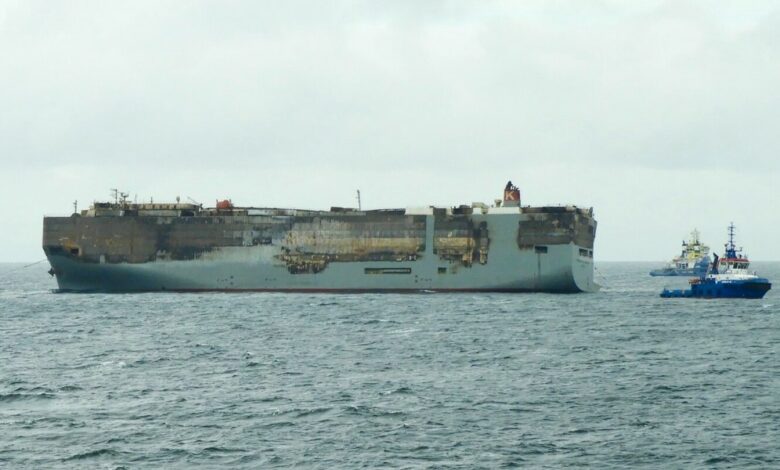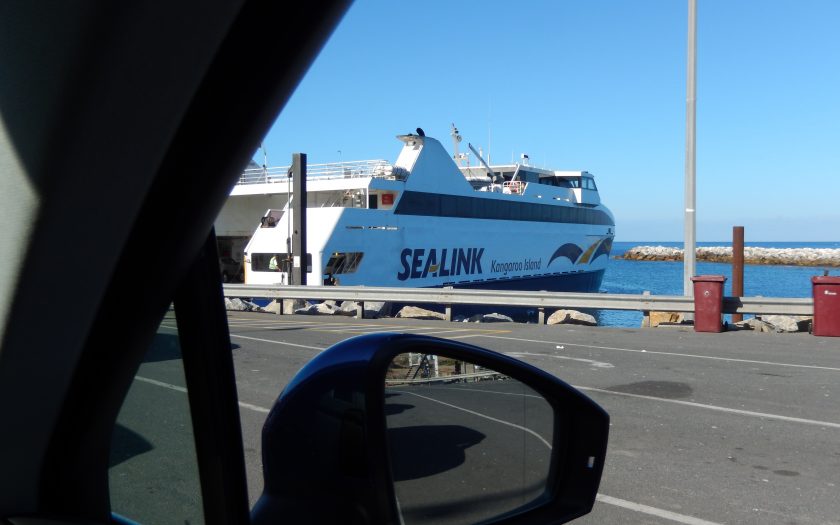CONCERNS ABOUT EV SAFETY continue to arise. Latest example is the implementation on some South Australian ferries in response to an official alert about the dangers of electric vehicle fires.
Despite regular advice from EV FireSafe (no conflict of interest there!) that EVs have a 0.0012 percent chance of catching fire, compared to the approximate 0.1 percent chance of internal combustion vehicles igniting, two electric vehicle fires were reported in the same week last month, prompting a safety alert by the Australian Maritime Safety Authority (AMSA).
SeaLink Kangaroo Island has already implemented new policies in response, including a requirement for all EVs to be inspected for any battery damage before being loaded.
Additionally, EVs will be loaded into designated areas on ferries, and all other electronic devices such as e-scooters and e-bikes must be declared for designated onboard stowage.
Spencer Gulf Searoad, which provides ferries between Lucky Bay and Wallaroo, said it was also investigating new policies.

The AMSA alert also highlighted other risks associated with EV transport on ferries, including toxic gas release, gas explosion, high voltage shocks, intense and rapidly developing fires and the difficulty of extinguishing EV fires.
According to AMSA, the intensity and speed of EV fires and the long-lasting risk of re-ignition poses a real risk on ferries. Lithium-ion batteries, as used in EVs, can cause spontaneous thermal runaway fires. This risk is amplified by the lower ground clearance of many EVs.
In addition, an EV battery fire requires substantially more water to extinguish than a fire in an ICE vehicle – up to 100,000 litres compared to the average 4000 litres. Such volumes of water pose a threat to the stability of a ferry and AMSA has recommended vessel operators look into deck drainage and increased water requirements.
AMSA also pointed out that EVs are approximately 25 percent heavier than equivalent ICE vehicles, creating a direct effect on stability.
